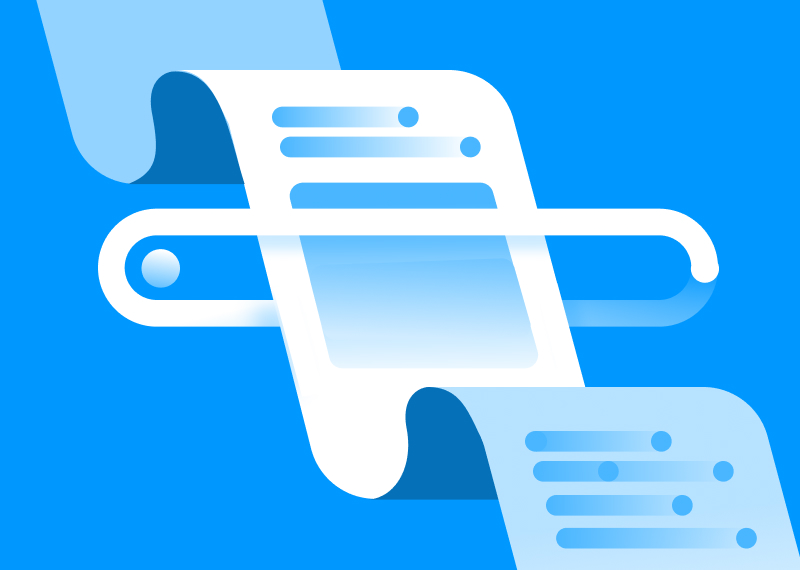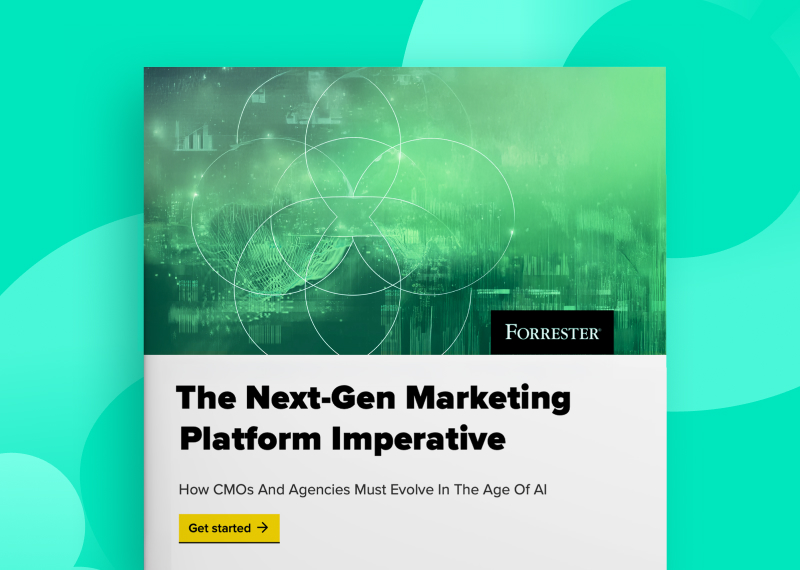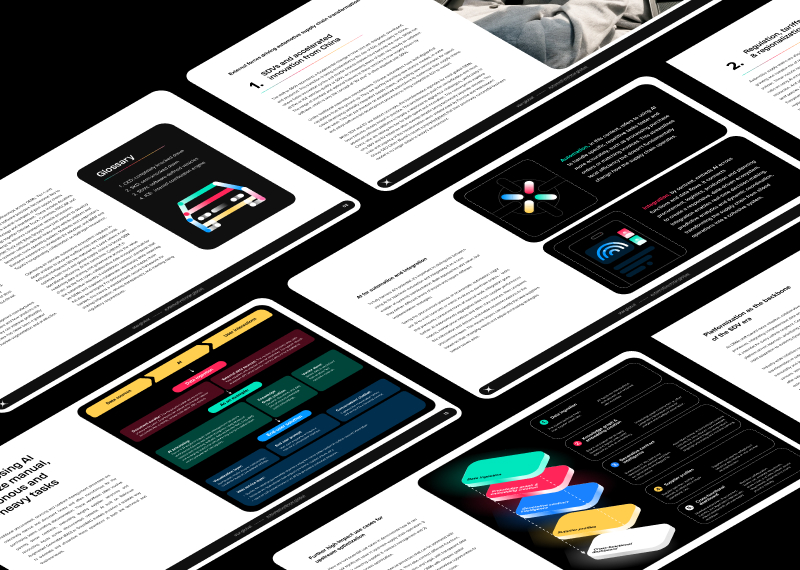We all already know that artificial intelligence has quickly become a foundational element in everything from customer experience to financial forecasting to medical diagnostics. But what’s less common knowledge is how to secure your AI. How can we guarantee that the AI development lifecycle is protected against rising cyber threats?
As AI adoption continues to grow, so does the urgency to secure and protect these systems. But unlike traditional software, AI systems are dynamic, data-driven and probabilistic, which means the threats they face are just as complex.
So organizations looking to address these risks effectively need to embed cybersecurity into every phase of their AI development lifecycle.
What is the AI development lifecycle?
The AI development lifecycle is the series of processes that drive designing, deploying and maintaining AI systems. It’s how businesses bring their AI suites to life and monitor them going forward. But we see a critical component regularly overlooked: security.

This lifecycle isn't just a linear sequence of steps. It’s a continuous, evolving loop that requires constant attention — from data collection and model training to deployment, monitoring and governance.
By treating the AI development lifecycle as a security-critical framework, companies can develop models that are accurate and efficient but also ethical and safe.
Understanding the AI development lifecycle
The AI development lifecycle refers to the end-to-end process of designing, deploying and maintaining AI systems. While frameworks vary, they typically includes:
- Data collection and preparation
- Model design and training
- Validation and testing
- Deployment and integration
- Monitoring and maintenance
- Governance and compliance
Each phase introduces its own set of technical, ethical and security challenges. Overlooking risks at any point can expose the entire system to compromise, whether it’s through data poisoning, model inversion or adversarial attacks.
Building trustworthy AI means treating every step of this lifecycle as a potential security touchpoint. Here’s how.
1. Secure data at the foundation
The lifecycle begins with data. Whether collected internally or sourced externally, training data is often the most sensitive asset in an AI system. It usually includes customer profiles, medical histories, usage logs or financial records.
Securing the data preparation phase requires rigorous access controls, validation pipelines and encryption practices. Data integrity must be preserved through hashing, versioning and audits. Any manipulation (intentional or accidental) at this early stage can ripple through the entire model, introducing undetectable errors or biases.
Data provenance and lineage tracking are also critical. Knowing where data came from, how it was labeled and how it was processed enables better accountability and simplifies future audits.
2. Design models with security in mind
The next stage of the AI development lifecycle involves designing and training the model. This is where mathematical structures meet organizational goals. It’s also where threats like model theft, overfitting or data leakage can emerge.
To reduce risk for you and your team, isolate training environments, manage dependencies carefully and scan model code for vulnerabilities. Pretrained models sourced from external repositories should also be vetted to avoid supply chain attacks.
Model checkpoints — files that represent learned weights and architectures — should be treated as sensitive IP. If exposed, they can be reverse-engineered or repurposed by attackers. Signing and encrypting model artifacts can ensure their authenticity and prevent tampering during storage or transit.
3. Validation: More than just accuracy
In traditional software, testing basically means making sure code works. In the AI world, validation means making sure the model behaves ethically and consistently across a wide range of scenarios including edge cases and adversarial inputs.
This phase of the AI development lifecycle is an opportunity to simulate real-world abuse, test for bias and assess robustness. Stress-testing against adversarial examples, checking for fairness across demographic groups and evaluating confidence thresholds can prevent disastrous outcomes.
Security-aware validation doesn’t just mean asking, “does it work?” You also need to ask yourself, “can it be tricked? Misused? Or manipulated?”
4. Deployment: Turn models into products
Deploying an AI model turns it into a real-world product. It becomes exposed to users, partners and potential attackers. This is where inference APIs, dashboards and pipelines go live; it’s where the consequences of poor security become very real.
Protecting this phase of the lifecycle requires robust authentication, authorization and rate-limiting mechanisms. Deploy models behind secure APIs, monitor for anomalies and update regularly to respond to threats.
The monitoring aspect is especially important. Because AI models adapt and learn over time, any drift in input data or changes in user behavior can lead to subtle but dangerous failures.
Real-time logging, alerting and rollback procedures help prevent this.
5. Post-deployment monitoring and feedback loops
Once an AI system is in production, the development lifecycle doesn’t stop there. It enters a loop of constant observation, learning and refinement. This feedback loop is where model performance is fine-tuned, emerging risks are addressed and new data is integrated.
From a cybersecurity standpoint, this phase is critical. It’s where attackers are likely to probe models for weaknesses, attempt to extract training data or use adversarial queries to distort outputs.
Proactive defenses include anomaly detection systems, access pattern monitoring and the use of model ensembles that can flag conflicting predictions. Continuous retraining should be accompanied by security reviews, that way fixes and improvements don’t introduce new vulnerabilities.
6. Governance and compliance across the lifecycle
The final (but ongoing) phase of the AI development lifecycle is governance. As AI moves deeper into sensitive domains, regulatory pressure is growing. Frameworks like the EU AI Act, NIST’s AI Risk Management Framework and ISO 42001 require companies to document, monitor and control how AI systems are built and used.
This includes maintaining clear model lineage, logging decision-making processes and setting policies for explainability and human oversight. For high-risk use cases, like those in healthcare or critical infrastructure, the bar is even higher.
By integrating AI governance from the start, companies can align with legal requirements and build systems that users and stakeholders can trust.
Why lifecycle thinking is essential for AI security
The biggest mistake businesses make is treating AI like a one-time project. In reality, AI is a dynamic system that evolves responsibly over time. That’s why the AI development lifecycle is not just a technical framework — it’s a mindset. Or at least it should be.
By recognizing that risk emerges at every phase, and by integrating cybersecurity practices throughout, teams can move from reactive firefighting to proactive resilience. This means:
- Training teams on AI-specific risks
- Building multi-disciplinary oversight groups
- Running simulations of AI-related incidents
- Auditing models as rigorously as software code
- Building a culture of security-aware innovation (the critical step!)
Securing your entire AI tech stack
Trust is the current currency of AI. As AI further develops, trust will be the currency that separates successful systems from those that fail. That trust begins with how we approach the AI development lifecycle.
Security of AI tech isn’t a final check before launch, it’s a foundational design principle that informs every phase, every decision and every iteration. From secure data handling to post-deployment monitoring and regulatory compliance, every step presents both a challenge as well as an opportunity.
By embedding cybersecurity into the AI development lifecycle, you’ll provide users with the trust they crave, which in turn increases user adoption which has an incremental difference on your bottom line.
But reputation is everything. One wrong move, one cyber attack, one loss of data, and that trust will be eroded. Securing your AI systems extends far beyond the development lifecycle. You need to know how to secure your entire AI systems, whether they’re established tools or future products.
Learn how to do exactly that with Star's Information Security Manager, Max Tsivyna, as he talks through the cybersecurity of AI technologies in our on-demand masterclass.







